Risingstarling - Inner Ramblings

More Posts from Risingstarling and Others










Cersei : You only have two dragons now
Daenerys: Nope, still three


and…


Just in case you forget this exists.
It exists.









– Winners from Crunchyroll’s Anime Awards
How do you write a fight scene without becoming repetitive? I feel like it just sounds like "she did this then this then this." Thanks so much!
I watch her as she fights. Her left leg flies through the air – a roundhouse – rolling into a spin. She misses, but I guess she’s supposed to. Her foot lands and launches her into a jump. Up she goes again, just as fast. The other leg pumps, high knee gaining altitude. The jumping leg tucks. Her body rolls midair, momentum carrying her sideways. She kicks. A tornado kick, they call it. The top of her foot slams into Rodrigo’s head, burying in his temple. Didn’t move back far enough, I guess.
His head, it snaps sideways like a ball knocked off a tee. Skull off the spine. His eyes roll back, and he slumps. Whole body limp. Legs just give out beneath him. He clatters to the sidewalk; wrist rolling off the curb.
She lands, making the full turn and spins back around. Her eyes are on his body. One foot on his chest. I don’t know if he’s alive. I don’t know if she cares. Nah, she’s looking over her shoulder. Looking at me.
The truth twists my gut. I should’ve started running a long time ago.
The first key to writing a good fight scene is to tell a story. The second key is having a grasp of combat rules and technique. The third is to describe what happens when someone gets hit. The fourth is to remember physics. Then, roll it all together. And remember: be entertaining.
If you find yourself in the “and then” trap, it’s because you don’t have a firm grasp of what exactly it is your writing. “He punched” then “She blocked” then “a kick” only gets you so far.
You’ve got to get a sense for shape and feeling, and a sense of motion. Take a page from the comic artist’s playbook and make a static image feel like it’s moving. Try to remember that violence is active. Unless your character is working with a very specific sort of soft style, they’re attacks are going to come with force. So, you’ve got to make your sentences feel like your hitting something or someone.
“Ahhh!” Mary yelled, and slammed her fist into the pine’s trunk. A sickening crack followed, then a whimper not long after.
Angie winced. “Feel better?”
Shaking out her hand, Mary bit her lip. Blood dripped from her knuckles, uninjured fingers gripping her wrist. She sniffed, loudly. “I…” she paused, “…no.”
“You break your hand?”
“I think so. Yeah.”
“Good,” Angie said. “Think twice next time before challenging a tree.”
Let your characters own their mistakes. If they hit something stupid in anger, like a wall or a tree then let them have consequences.Injury is part of combat. In the same way, “I should be running now” is. When the small consequences of physical activity invade the page, they bring reality with them.
People don’t just slug back and forth unless they don’t know how to fight, or their only exposure to combat is mostly movies or bloodsport like boxing. Either way, when one character hits another there are consequences. It doesn’t matter if they blocked it or even deflected it, some part of the force is going to be transitioned into them and some rebounds back at the person who attacked.
Your character is going to get hurt, and it’ll be painful. Whether that’s just a couple of bruises, a broken bone, or their life depends on how the fight goes.
However, this is fantasy. It is all happening inside our heads. Our characters are never in danger unless we say they are. They’ll never be hurt unless we allow it. A thousand ghost punches can be thrown and mean absolutely, utterly nothing at all to the state of the character. This is why it is all important to internalize the risks involved.
The writer is in charge of bringing a dose of reality into their fictional world. It is much easier to sell an idea which on some level mimics human behavior and human reactions. The ghost feels physical because we’ve seen it happen on television or relate to it happening to us when we get injured.
You’ve got five senses, use them. You know what it feels like to get injured. To be bruised. To fall down. To be out of breath. Use that.
Here’s something to take with you: when we fight, every technique brings us closer together. Unless it specifically knocks someone back. You need specific distances to be able to use certain techniques. There’s the kicking zone, the punching zone, and the grappling zone. It’s the order of operation, the inevitable fight progression. Eventually, two combatants will transition through all three zones and end up on the ground.
So, keep the zones in mind. If you go, “she punched, and then threw a roundhouse kick” that’s wrong unless you explain more. Why? Because if the character is close enough to throw a punch, then they’re too close to throw most kicks. The roundhouse will just slap a knee or a thigh against the other character’s ribs, and probably get caught. If you go, “she punched, rammed an uppercut into his stomach, and seized him by the back of the head”, then that’s right. You feel the fighters getting progressively closer together, which is how its supposed to work.
Use action verbs, and change them up. Rolled, rotated, spun, punched, kicked, slammed, rammed, jammed, whipped, cracked, etc.
You’ve got to sell it. You need to remember a human’s bodily limits, and place artificial ones. You need to keep track of injuries, every injury comes with a cost. Make sure they aren’t just trading blows forever.
I’ve seen advice that says fights all by themselves aren’t interesting. I challenge that assertion. If you’re good at writing action, then the sequence itself is compelling. You know when you are because it feels real. Your reader will tune out if it isn’t connecting, and the fight scene is a make or break for selling your fantasy. It is difficult to write or create engaging, well choreographed violence that a reader can easily follow and imagine happening.
-Michi
This blog is supported through Patreon. If you enjoy our content, please consider becoming a Patron. Every contribution helps keep us online, and writing. If you already are a Patron, thank you.
Hello! Would you mind doing an example of not using filter words in a first person point of view? While I know that you can just switch out the pronouns for I/me/my, I just want to see it in action and when you should (and shouldn't) use the filter words. Thank you!
Hi there! I would love to! I think I’ll start out with an example with filter words and then cut out the filter words to show you the difference.
For those of you who haven’t seen my post on Filter Words.
Now, for the example:
I felt a hand tap my shoulder as I realized I had made a huge mistake. I knew the consequences would be unsettling, but I had no other choice. I saw the light of my desk lamp bounce off of the officer’s badge before I had even turned around. It seemed like I always found my way into trouble.
It was the first thing off the top of my head, so it’s a bit rough sounding….
Now for without filter words (And a bit of revision):
A hand tapped my shoulder as it dawned on me: I had just made a huge mistake. The consequences would be unsettling if I didn’t get out of this mess, but I had no other choice. The light of my desk lamp bounced off of the officer’s badge. I always found my way into trouble.
By taking out filter words, you get right to the point.
I’d also like to add a few more notes that I didn’t have the chance to post previously.
Some Examples of Filtering:
I heard a noise in the hallway.
She felt embarrassed when she tripped.
I saw a light bouncing through the trees.
I tasted the sour tang of raspberries bursting on my tongue.
He smelled his teammate’s BO wafting through the locker room.
She remembered dancing at his wedding.
I think people should be kinder to one another.
How can you apply this?
Read your work to see how many of these filtering words you might be leaning on. Microsoft Word has a great Find and Highlight feature that I love to use when I’m editing. See how you can get rid of these filtering words and take your sentences to the next level by making stronger word choices. Take the above examples, and see how they can be reworked.
FILTERING EXAMPLE: I heard a noise in the hallway.
DESCRIBE THE SOUND: Heels tapped a staccato rhythm in the hallway.
FILTERING EXAMPLE: She felt embarrassed after she tripped.
DESCRIBE WHAT THE FEELING LOOKS LIKE: Her cheeks flushed and her shoulders hunched after she tripped.
FILTERING EXAMPLE: I saw a light bouncing through the trees.
DESCRIBE THE SIGHT: A light bounced through the trees.
FILTERING EXAMPLE: I tasted the sour tang of raspberries bursting on my tongue.
DESCRIBE THE TASTE: The sour tang of raspberries burst on my tongue.
FILTERING EXAMPLE: He smelled his teammate’s BO wafting through the locker room.
DESCRIBE THE SMELL: His teammate’s BO wafted through the locker room.
FILTERING EXAMPLE: She remembered dancing at his wedding.
DESCRIBE THE MEMORY: She had danced at his wedding.
FILTERING EXAMPLE: I think people should be kinder to one another.
DESCRIBE THE THOUGHT: People should be kinder to one another.
See what a difference it makes when you get rid of the filter? It’s simply not necessary to use them. By ditching them, you avoid “telling,” your voice is more active, and your pacing is helped along.
The above list is not comprehensive as there are many examples of filtering words. The idea is to be aware of the concept so that you can recognize instances of it happening in your work. Be aware of where you want to place the energy and power in your sentences. Let your observations flow through your characters with immediacy.
Ok, sorry for the lengthy answer, I know you just wanted an example…. sorry!
If you have any questions, feel free to ask at my ask box








Sasuke: KumaQui ( KumaQi熊祁)
Itachi: coser天狼
Btw Sasuke (KumaQui) was like: Itachi is beautiful ~ , and Itachi replied:”Baby brother, people are looking at your chest and your face…” ( 弟弟,他们眼里只要是在看你的胸和脸啊!!)
|太多的羁绊只会让自己迷惘,强烈的想法和珍惜的思念,只会让自己变弱 …. (这二柱子全程一脸看智障的看着鼬好嘛!!)||
i dont get it
riverdale sucked so bad but caos really made me feel some type of way

Checklist for character development.
Created by myself, compiled from questions gleaned from several sources, and some of my own additions.
It should be noted, that not every character will check every one of these things off. It is not REQUIRED to have all this information, but this checklist is, rather, a guideline for helping you think of your character as an entire, three dimentional being with thoughts, feelings, possessions, contradictions and background.
A character is 20% revealed to the reader, 80% writer/author/Mun knowledge. What the Reader sees is just the tip of the iceburg, but without the other 80% the character can’t help but come off feeling shallow. There’s nothing beneath the surface - KNOWING as much bout your character as possible, instrinsicly, in detail, intimately, can do nothing but help build believability and dimension to your character.
Use only the things on this list that you feel are important, but I would like to remind you that the reader learns a lot about a character NOT through exposition (that’s kind of a cheat, and always feels , to me, like a rather clunky way of conveying knowlege), but through their actions, quirks, thoughts, and even through the things they own and carry with them. What kind of food they eat and how they eat it. What they wear. What they carry in their wallets. I encourage you, as writers, to consider these things when creating a character, and encourage you MORE to leave the exposition out and tell us about your character through these other means!
If nothing else, this will give you a LOT to work with when writing with your character. Maybe it’ll spur you to write about the character’s parents. Or the relationship between them and their family. Maybe you’ll find yourself inspired to write something about how they lost everything in a fire - and the importance each remembered lost item held.
There is certainly no rule that says you HAVE to do it this way, but invariably, the most memorable characters are the ones that we as readers can relate with. It’s hard to relate with just words - but people - with beliefs and dreams and fears - that’s something we can get behind.
I certainly hope you find this useful, and since so many have been inclined to reblog and like this, I shall endeavor to add more character creation and writing tips, lists and excercises up on this blog!
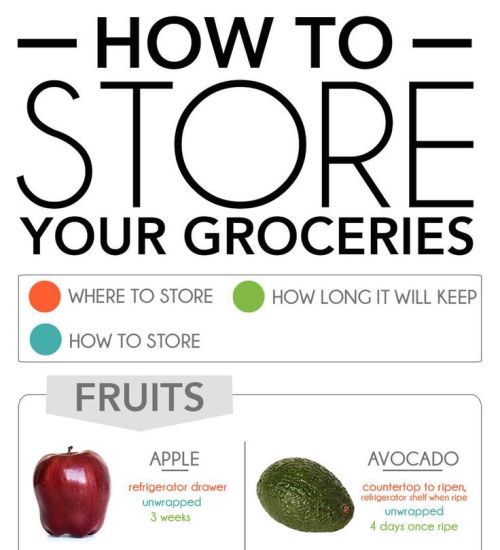
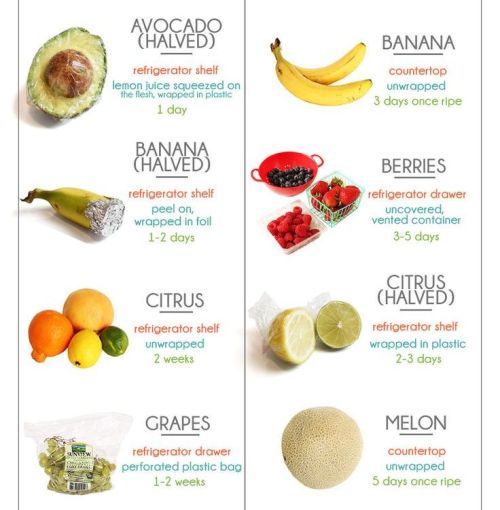
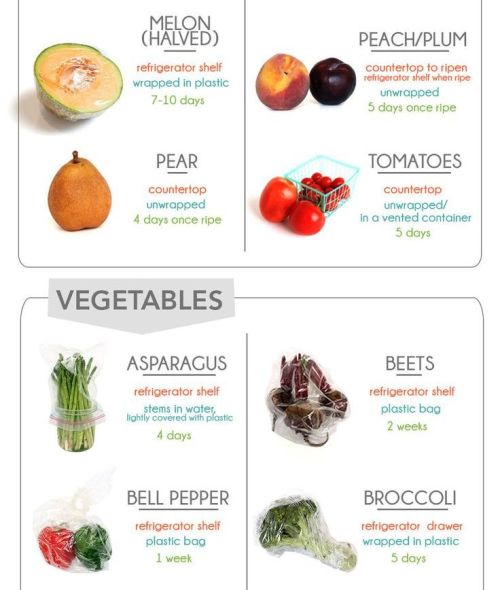
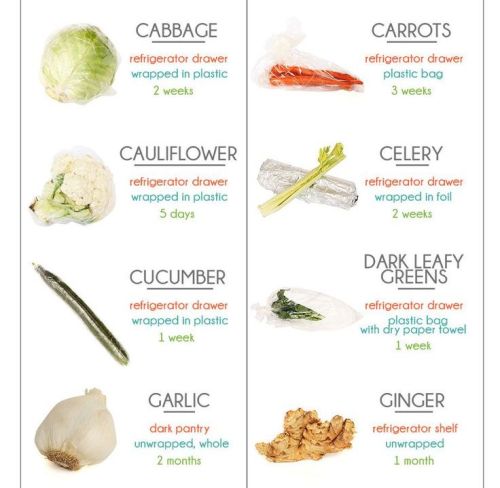
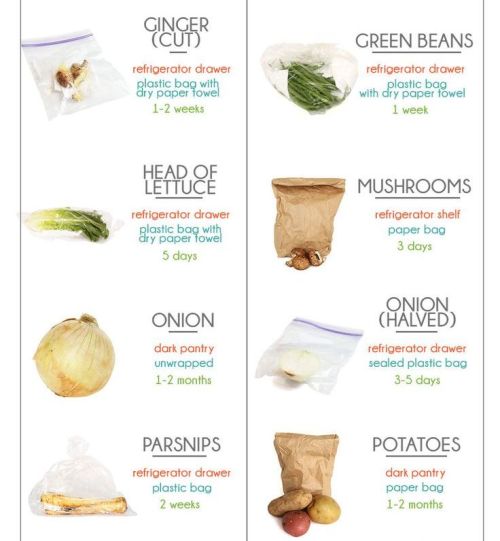

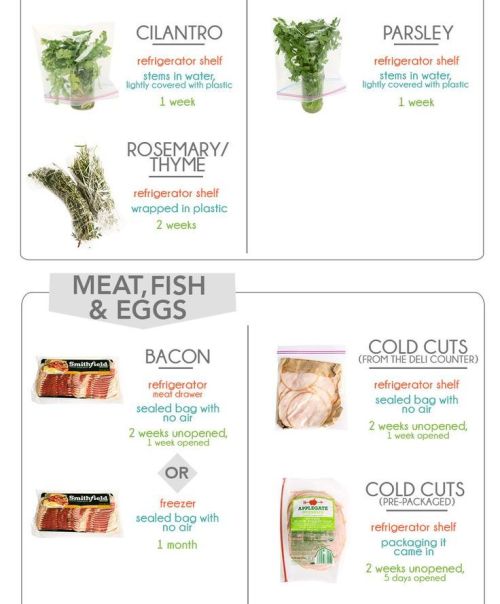

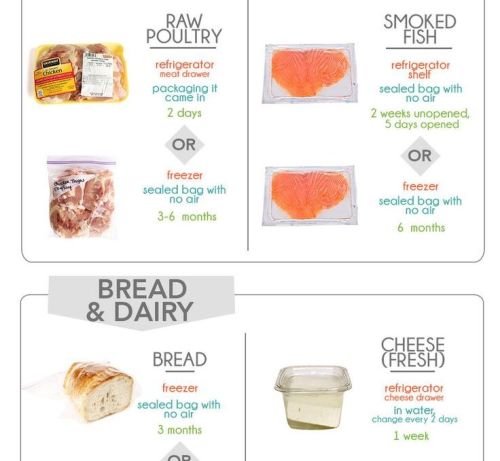

-
 minnomaters reblogged this · 1 year ago
minnomaters reblogged this · 1 year ago -
 minnomaters liked this · 1 year ago
minnomaters liked this · 1 year ago -
 wavecrester7 reblogged this · 1 year ago
wavecrester7 reblogged this · 1 year ago -
 wavecrester7 liked this · 1 year ago
wavecrester7 liked this · 1 year ago -
 forever-and-almost-always reblogged this · 1 year ago
forever-and-almost-always reblogged this · 1 year ago -
 a-arvensis liked this · 4 years ago
a-arvensis liked this · 4 years ago -
 fireflower1015 liked this · 4 years ago
fireflower1015 liked this · 4 years ago -
 icedcitylights liked this · 4 years ago
icedcitylights liked this · 4 years ago -
 i-dont-like-orange-juice liked this · 4 years ago
i-dont-like-orange-juice liked this · 4 years ago -
 yuni77 liked this · 5 years ago
yuni77 liked this · 5 years ago -
 laysha-exe reblogged this · 5 years ago
laysha-exe reblogged this · 5 years ago -
 laysha-exe liked this · 5 years ago
laysha-exe liked this · 5 years ago -
 bratprincezna liked this · 5 years ago
bratprincezna liked this · 5 years ago -
 thefrightkinder liked this · 5 years ago
thefrightkinder liked this · 5 years ago -
 moochie-mumbles reblogged this · 5 years ago
moochie-mumbles reblogged this · 5 years ago -
 randomositycat reblogged this · 5 years ago
randomositycat reblogged this · 5 years ago -
 randomositycat liked this · 5 years ago
randomositycat liked this · 5 years ago -
 starforger-moved liked this · 5 years ago
starforger-moved liked this · 5 years ago -
 mylovelymoon liked this · 5 years ago
mylovelymoon liked this · 5 years ago -
 lolvanillapastels reblogged this · 5 years ago
lolvanillapastels reblogged this · 5 years ago -
 mrskim2500 reblogged this · 5 years ago
mrskim2500 reblogged this · 5 years ago -
 queendemonsblog-blog liked this · 5 years ago
queendemonsblog-blog liked this · 5 years ago -
 alittlecinnamonroll-blog liked this · 5 years ago
alittlecinnamonroll-blog liked this · 5 years ago -
 proto-eevee reblogged this · 5 years ago
proto-eevee reblogged this · 5 years ago -
 sweetcarolina-ah-ah liked this · 5 years ago
sweetcarolina-ah-ah liked this · 5 years ago -
 dream-skp reblogged this · 5 years ago
dream-skp reblogged this · 5 years ago -
 xxcrowfeatherxx reblogged this · 5 years ago
xxcrowfeatherxx reblogged this · 5 years ago -
 xxcrowfeatherxx liked this · 5 years ago
xxcrowfeatherxx liked this · 5 years ago -
 bbcreampapapa liked this · 5 years ago
bbcreampapapa liked this · 5 years ago -
 mysticalmermaidwitch liked this · 5 years ago
mysticalmermaidwitch liked this · 5 years ago -
 4mber3508 liked this · 5 years ago
4mber3508 liked this · 5 years ago -
 anotherartmuseum liked this · 5 years ago
anotherartmuseum liked this · 5 years ago -
 katloverallison-blog liked this · 5 years ago
katloverallison-blog liked this · 5 years ago -
 angelkayjae liked this · 5 years ago
angelkayjae liked this · 5 years ago -
 lesbabe6 liked this · 5 years ago
lesbabe6 liked this · 5 years ago -
 lilmissdragon liked this · 5 years ago
lilmissdragon liked this · 5 years ago -
 novelist-becca reblogged this · 5 years ago
novelist-becca reblogged this · 5 years ago -
 novelist-becca liked this · 5 years ago
novelist-becca liked this · 5 years ago -
 ghosty-scooter liked this · 5 years ago
ghosty-scooter liked this · 5 years ago -
 vulpisdeluna liked this · 5 years ago
vulpisdeluna liked this · 5 years ago -
 toastytoast606 liked this · 5 years ago
toastytoast606 liked this · 5 years ago -
 x-idontknow-x liked this · 5 years ago
x-idontknow-x liked this · 5 years ago -
 drummingcupcake liked this · 5 years ago
drummingcupcake liked this · 5 years ago -
 adventurer-in-dreamland reblogged this · 5 years ago
adventurer-in-dreamland reblogged this · 5 years ago -
 honeybeevjk-blog liked this · 5 years ago
honeybeevjk-blog liked this · 5 years ago -
 i-b-a-fangirl reblogged this · 5 years ago
i-b-a-fangirl reblogged this · 5 years ago
Right now this is just anything that comes to mind since I'm a complete noob at tumblr. I've been hearing about it for years but I never really felt like I had anything to say. Well all that has changed now and I figured I'd see what all the hype about tumlr is really about. Anyway don't take anything I say too seriously for now...I'll probably change it later when I become more comfortable with this website.
168 posts